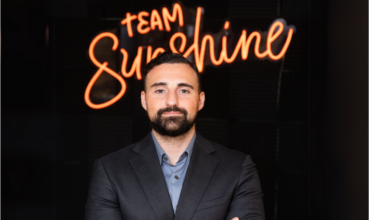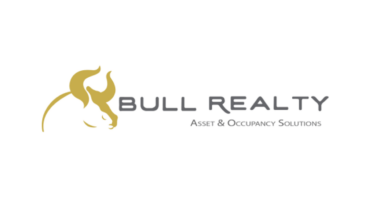“Just look at the cars in the parking lots,” says Jesse Whalen, Vice President of The Office Group at Bull Realty, when asked about return-to-office trends. “People are bac...
Cotality's John Rogers on Advancing AI Applications in Property Data




“We’ve evolved significantly since 2011, when we spun out of First American as primarily a mortgage-focused company. Now, 14 years later, we serve multiple industries,” explains John Rogers, Chief Data and Analytics Officer at Cotality™, formerly known as CoreLogic. “We’re substantially different from our 2011 origins, which prompted us to establish a new name, brand, and chapter for our company.”
The recent rebranding from CoreLogic to Cotality represents more than just a name change—it signifies the company’s transformation into a central nervous system for property data across multiple industries. The name itself is meaningful: “Co” acknowledges their CoreLogic heritage and represents connection, while “tality” speaks to the totality of services they provide across the housing ecosystem.
Building a 21st Century Data Manufacturing Plant
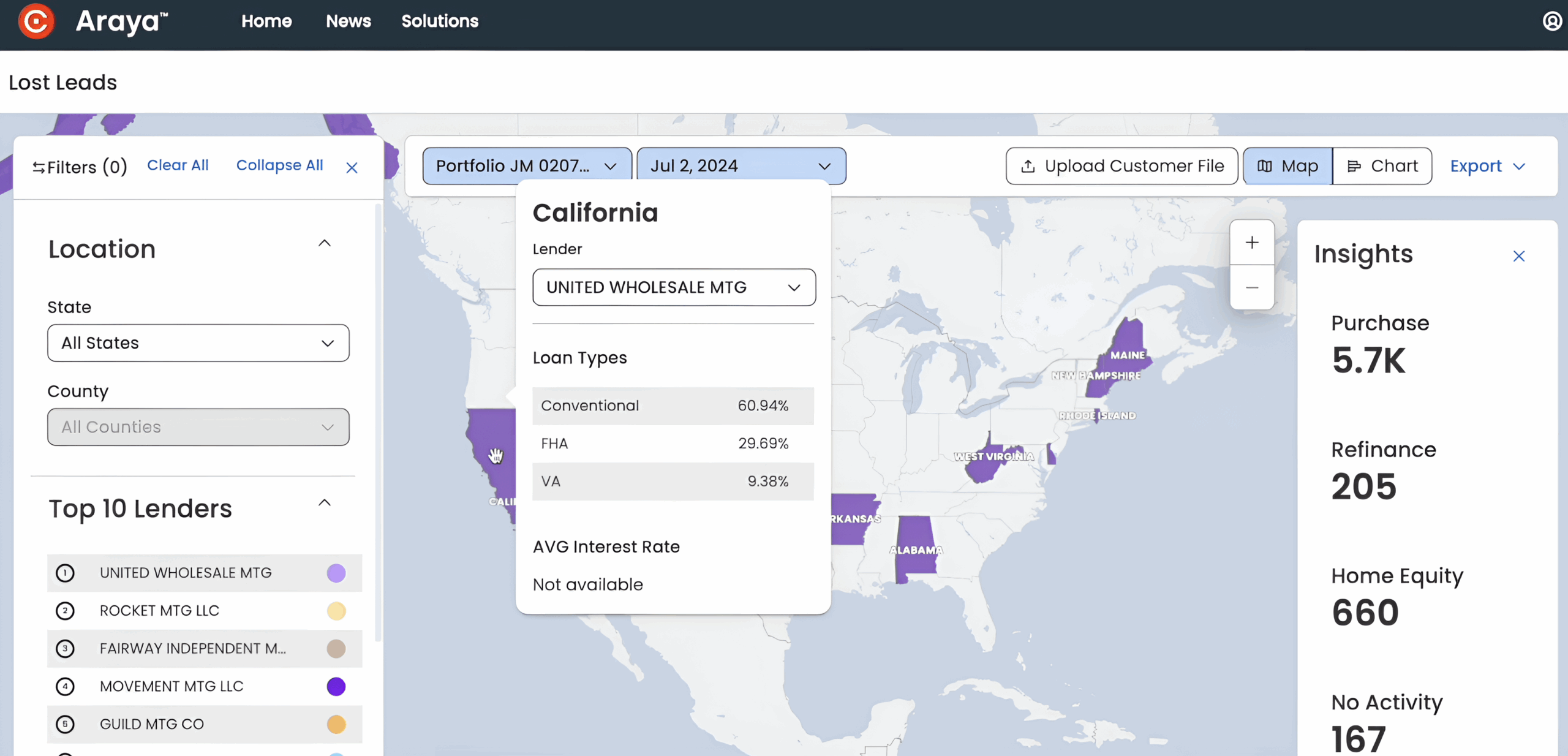

At the heart of Cotality’s transformation is what Rogers describes as “a 21st century data and AI manufacturing plant” that captures over 22,000 data sources. This massive infrastructure processes everything from “hundreds of millions of documents that you and I sign as homeowners all the way through to point cloud data, which is satellite, aerial drone, structure sense imagery to get the best view of the property.”
This comprehensive data foundation has positioned Cotality at the forefront of AI applications in real estate. While the company has been running AI models for decades—from home price indices to understanding market positions and the effects of hazards on properties—recent advances in technology have dramatically accelerated their capabilities.
Rogers oversees nearly 300 data scientists and analysts who are pushing the boundaries of what’s possible with property data. “I basically hold the halftime drinks,” he jokes, giving credit to his team for developing groundbreaking capabilities like understanding the financial impact of climate change on every single property up to the year 2050.
The Power of the Property Identifier
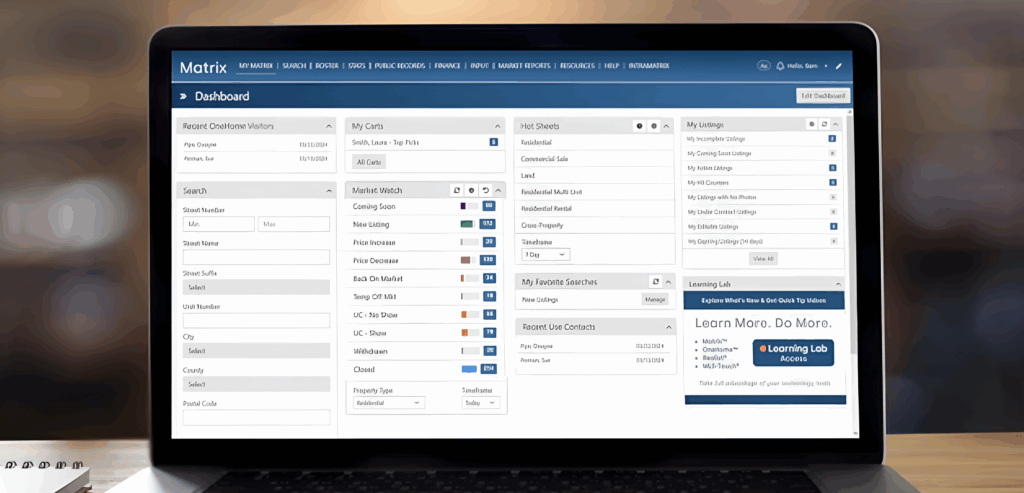

A favorite innovation in Cotality’s data infrastructure is their CoreLogic Integrated Property (CLIP™) property identifier system, which Rogers describes as “the glue between the address, the structure, and the parcel.” This identifier tracks approximately a quarter to half a million changes per quarter, including new addresses, new structures, and parcels being divided or structures being demolished.
“Many companies invest significant resources just trying to wrangle data,” Rogers explains. “That CLIP identifier is about speed to insight.” The practical impact is remarkable: “If you are a bank with a portfolio, for example, I could analyze the portfolio for market position and understand the impacts in terms of risk due to climate up to year 2050, running those analytics in just minutes.”
This infrastructure supports an astonishing volume of data requests—approximately 110 billion API calls per year—providing nationwide data sets for research and model building. Cotality has designed their system to be accessible through multiple cloud ecosystems, including AWS, Databricks, and Google, meeting clients “in their world and their operations and their system.”
Making Property Professionals “Superheroes Again”


Despite the sophisticated technology, Rogers emphasizes that Cotality’s mission is fundamentally human-centered: “We’re very passionate about making the property professional the superhero again, whether the real estate agent, insurance agent, or contractor.”
This philosophy drives their development of AI tools that automate time-consuming tasks, allowing professionals to focus on higher-value activities. “AI is amazingly powerful, but it requires a human in the loop, because ultimately it’s an enabling tool for property professionals to do their jobs better and faster,” Rogers explains.
For example, Cotality is rolling out AI and generative AI solutions that can automate the generation of a property listing “in a matter of seconds, rather than a few hours or half a day” for real estate agents. Similarly, they’re developing tools that allow appraisers to capture property information using phone LIDAR technology, imagery, videos, and voice, making the process more efficient and reducing costs.
The Discovery Center: Where Data Comes to Life
One of Cotality’s most innovative developments is their Research and Development facility, which Rogers describes as looking “like something out of Star Wars.” This immersive environment, called the Discovery Center, allows clients to interact with data in highly visual ways.
“You enter a world where you can explore that data in a highly visual manner and talk to it,” Rogers explains. “It’s an effective way to engage with clients and co-innovate solutions for the future.” The facility has hosted everyone from government agencies to retailers, banks, car manufacturers, and even “one of the largest termite control companies in the US,” allowing them to collaboratively research and develop future solutions.
Addressing Housing Affordability and Climate Resilience


Cotality is applying its data capabilities to some of the most pressing challenges facing the housing market, including affordability and climate resilience.
On the affordability front, the company is developing solutions to identify suitable land for affordable housing development. Rogers describes a recent research project examining the potential use of federal land to address the housing crisis: “If you look at the USA, 28% of the land is federally owned. And then we’ve been focusing in on certain states. So if you take Nevada, 84% of Nevada is federally owned land.”
By analyzing the proximity of these parcels to communities, water, electricity, and infrastructure, Cotality can help identify suitable locations for affordable housing development. What would traditionally take “double digit months to several years,” Rogers says, “we can now do it in an afternoon.”
Climate resilience represents another major focus area. Cotality has developed sophisticated models that can predict the impact of climate change on individual properties decades into the future. “We are dynamically downscaling carbon emission models from 150 square kilometers, which is about 250 Disneylands, all the way down to one to three meters,” Rogers explains. “What dynamic downscaling really means is it’s physics, not modeling.”
For each property and potential peril, they run 300,000 different scenarios to understand the likelihood of damage and potential losses. This approach not only increases accuracy—critical when dealing with “a $50 trillion asset class, which is the US residential real estate economy”—but also identifies potential events that have historically not occurred in an area.
Rogers cites the example of Texas, where housing stock “was not built for winter storms.” As climate change progresses, with rising carbon emissions and temperatures creating greater temperature differentials, winter storms are traveling “further and further south.” Cotality’s models can help homeowners and insurers prepare for these emerging risks.
The Future: Property Resilience Scores
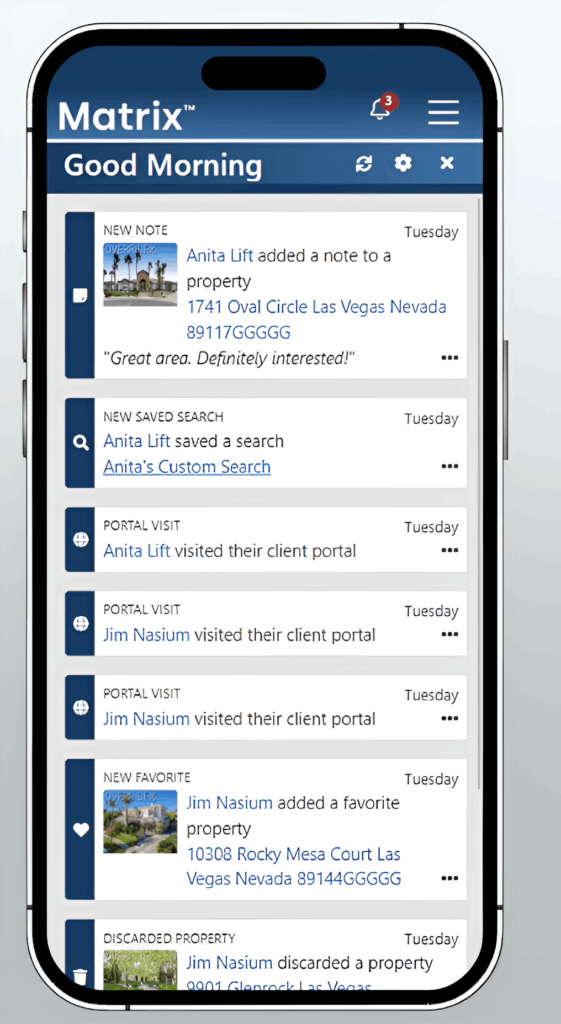

Looking ahead, Rogers is particularly excited about Cotality’s work on resilience scores for individual properties. “We can give you the risk on a pertinent peril impacting your home, we can already give you the potential financial loss,” he explains. This financial quantification helps move the conversation beyond politics to focus on the business case.
The next step is providing actionable information about how to make homes more resilient: “What can I do to make my home more resilient? What do I need to insulate better? Do I need to make my roof more wildfire resilient?” Developing these property-specific recommendations represents a significant challenge, but one that Cotality is actively working to solve.
A New Era for Property Intelligence
As Cotality evolves, its rebranding signals a broader mission: delivering comprehensive property intelligence across industries. Already serving over 1.5 million U.S. property professionals—from agents and site managers to local planners and retailers—Cotality plays a role in “eight out of every 10 loans” and mirrors that reach in the insurance sector.
“Ultimately, we serve human beings,” says Rogers—real estate agents, loan officers, underwriters, contractors, and homeowners alike. By combining AI with deep data infrastructure, Cotality aims to make these professionals more effective while tackling some of housing’s toughest challenges.
The shift from CoreLogic to Cotality isn’t just a name change—it marks a redefinition of the company’s purpose and the scale of its impact. As Rogers puts it, this is “a new chapter”—and one that’s only just beginning.
Similar Articles
Explore similar articles from Our Team of Experts.


The halls of Santander’s Miami private banking office weren’t just where Ignacio Gil-Casares worked – they were where he and his partner spotted a crucial gap in the market...


In the competitive world of commercial real estate, specialization can be the key to success. For Elyse Welch, Partner at Carolina Retail Experts, that specialization manifested in an exclus...


“Most urban grids are pretty dirty. You might have a lot of clean energy development outside of the urban area, but how do you use it in an urban area?” poses Karen Alter, Chief ...
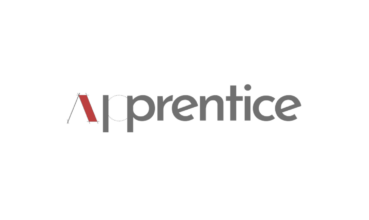

“Today, architects are doing more than their previous generation – smaller teams doing more work, handling more responsibilities, and interacting with more groups,” reflects Et...


